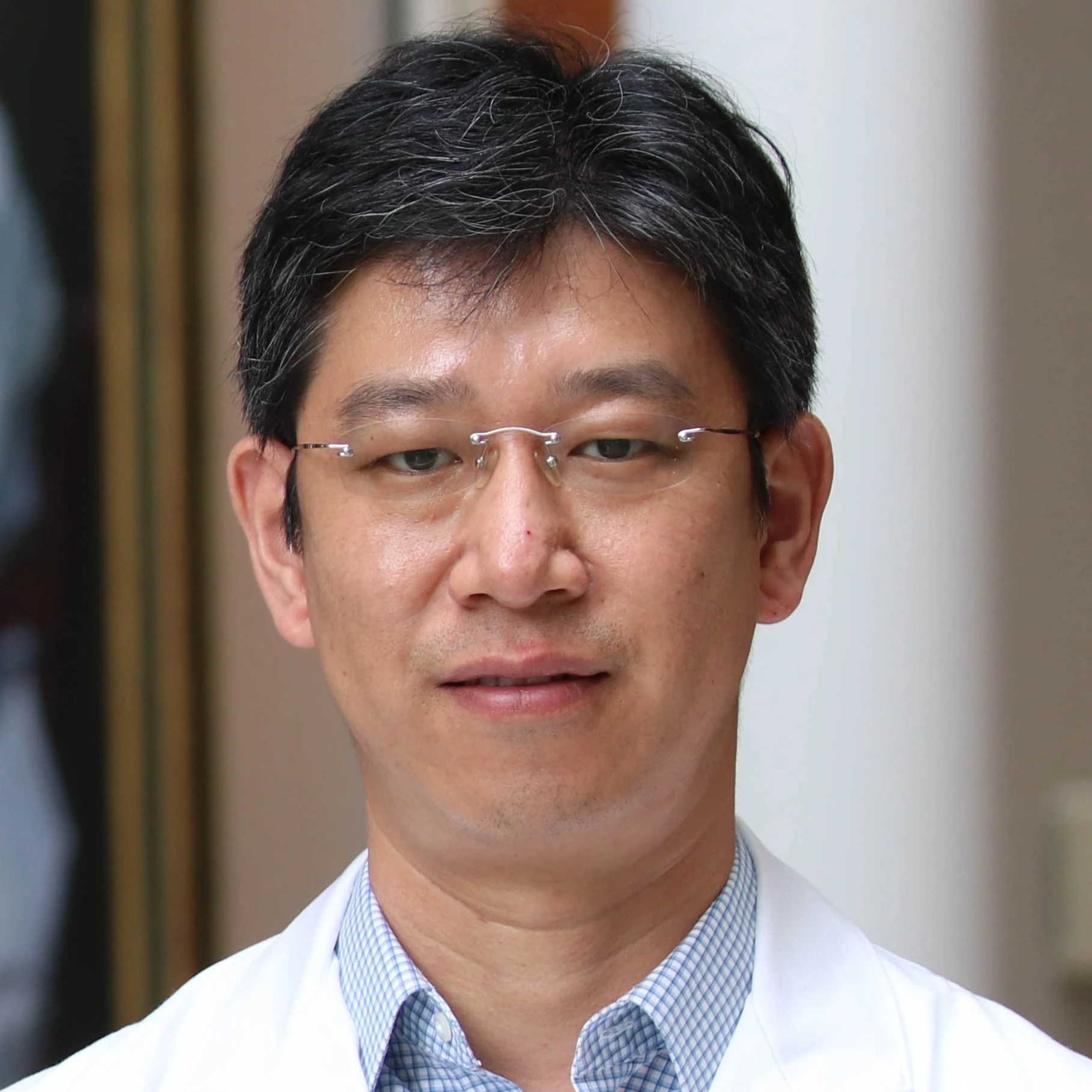3123 - A Universal Surviving Model across Multiple Radiation Types Based on Double-Strand Breaks
Presenter(s)

M. Qi1, Y. Lai1, L. Bronk2, F. Guan3, and X. Jia1; 1Department of Radiation Oncology and Molecular Radiation Sciences, Johns Hopkins University, Baltimore, MD, 2Department of Radiation Physics, Department of Experimental Radiation Oncology, Department of Radiation Oncology, The University of Texas MD Anderson Cancer Center, Houston, TX, 3Department of Radiation Physics, The University of Texas MD Anderson Cancer Center, Houston, TX
Purpose/Objective(s): Cell surviving fraction (SF) at a given physical dose varies with radiation type. While dose-average linear energy transfer (LETd) is commonly used to characterize the dependence on radiation type, inconsistencies between model and experimental results have been increasingly observed. Since DNA double-strand breaks (DSBs) are critical indicators of cellular radiation response, this study aims to establish a direct and universal correlation between DSB distribution and SF for a given cell type.
Materials/Methods: Microscopic planning tool simulations were used to calculate DSBs yields and complexities at different dose levels for experiments measuring SF of H460 lung cancer cells irradiated by Cs-137, protons (LETd: 0.914–17.7 keV/µm), and carbon ions (LETd: 20.2–100.8 keV/µm). DSBs were recorded as three types, DSB2, DSB3, and DSB4+, based on the number of damage sites within a DSB cluster. Logarithmic SF was modeled as a second-order polynomial function of the number of DSBs with various complexities. A regularization term was incorporated to ensure smoothness of the model with respect to DSBs. Cross-validation (15 trains, 3 tests, 816 folds)was performed. Root mean square errors (RMSEs) between model outputs and experimental values were analyzed. The fitted model was then applied to spread-out-Bragg-peaks (SOBPs) of proton (SOBP range 80–160 mm) and carbon beams (SOBP range 70–130 mm). Relative biological effectiveness (RBE) at SF=0.1 was calculated from our model and compared with experimental results.
Results: The model accurately predicted SF across all radiation types solely based on DSBs of various complexities. In cross-validation, average RMSEs were 0.0561 for training and 0.0603 for testing, with an overall RMSE of 0.057, consistent with validation results. For the proton SOBP, the predicted RBE was 1.09 at 97 mm and 139 mm within the SOBP, consistent with the clinically used value of 1.1, but increased sharply at the end of the SOBP to the distal edge, rising from 1.11 at 147.4 mm to 1.42 at 167.4 mm. For the carbon ion SOBP, calculated RBE values were: 1.48, 1.50, 2.05, 3.26, and 3.89 at 35, 60, 80, 100 and 120 mm, corresponding to LETd values of 16.7, 22.6, 37.2, 45.2, and 65.3 keV/µm. The results aligned with published value for the H460 cells, ranging from 1.37 (±0.05) to 3.28 (±0.43) for LEM model, and 1.4 to 3.9 for RMF model.
Conclusion: This study presents a unified framework for modeling SF across various radiation types, doses, and LETs, based on the biologically relevant variable of DSBs. It accurately predicts RBE variations across proton and carbon SOBPs, offering practical guidance for radiation therapy and future research.
